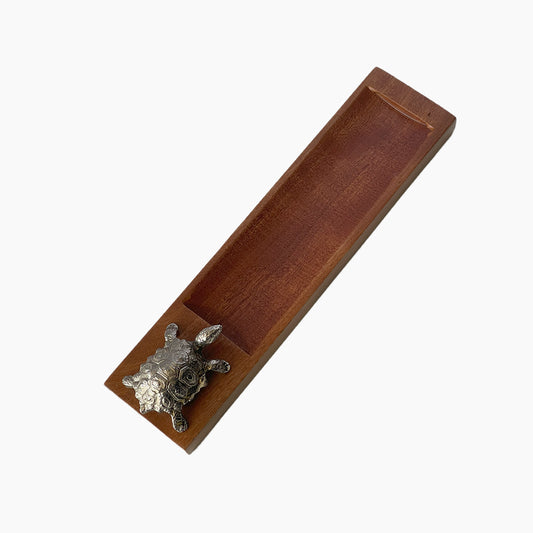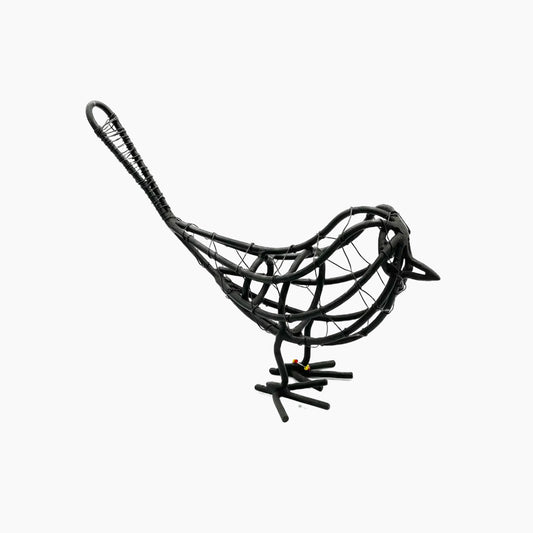Peetal Gali, Karachi, Sindh
Misgari
Misgari or Brass work in Pakistan is not just about creating objects; it's about preserving a legacy of craftsmanship that dates back centuries. From the bustling streets of Punjab to the serene valleys of Khyber Pakhtunkhwa, brass artisans shape this versatile metal into objects that are both practical and deeply symbolic. Whether it's a beautifully engraved platter or an intricately hammered vase, each piece reflects the artisan’s intimate understanding of the material and their connection to the region's cultural heritage.
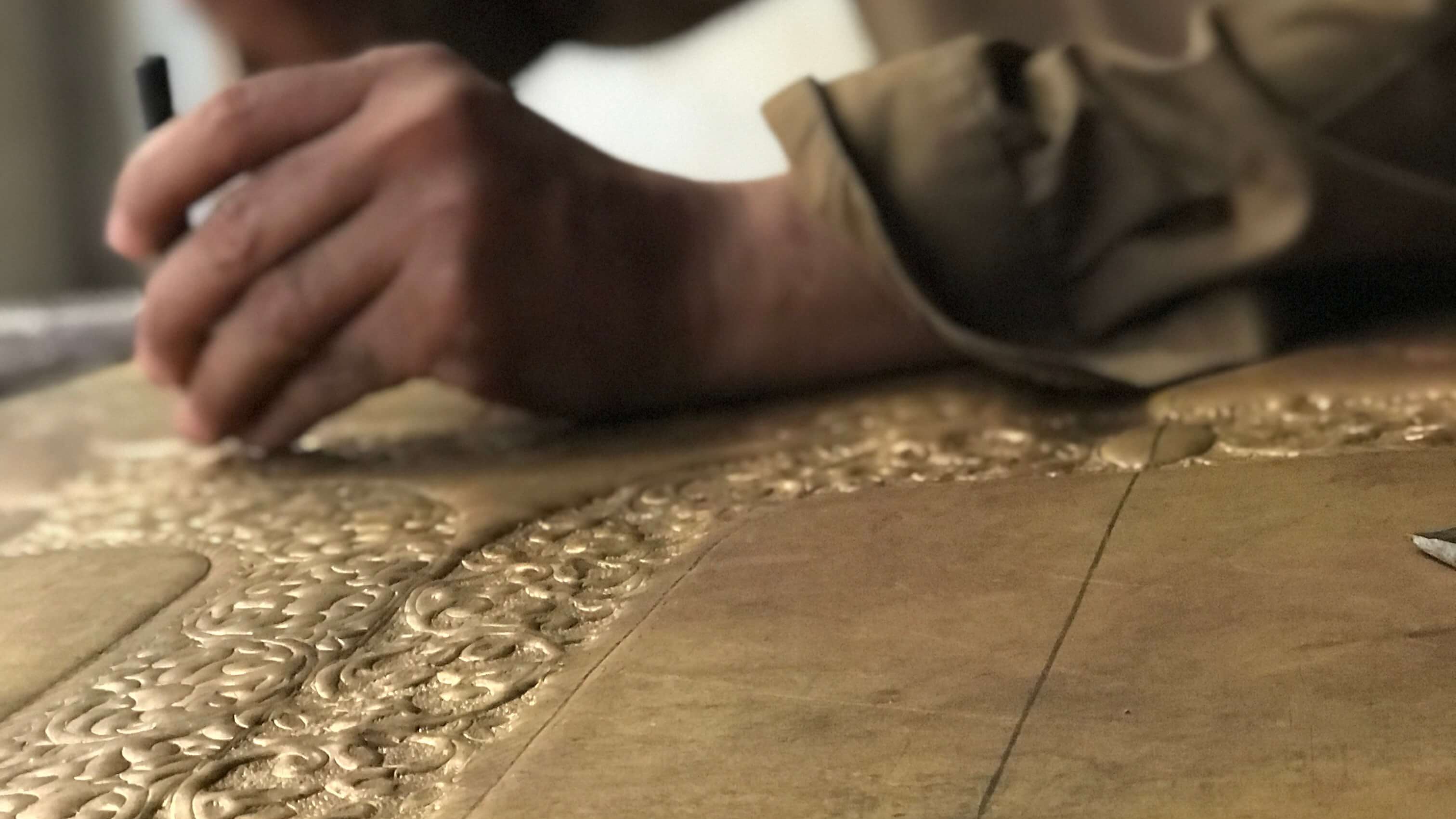
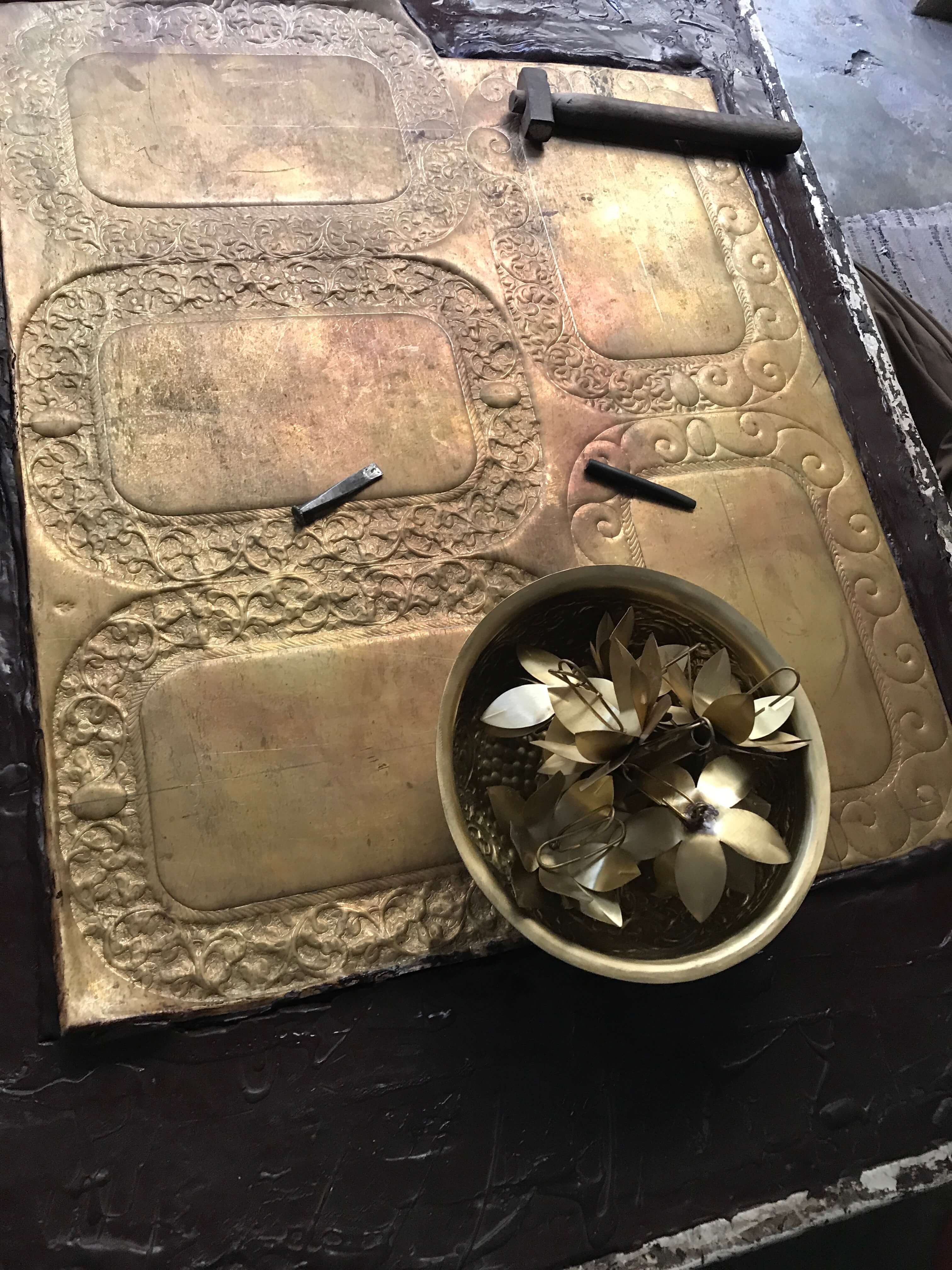
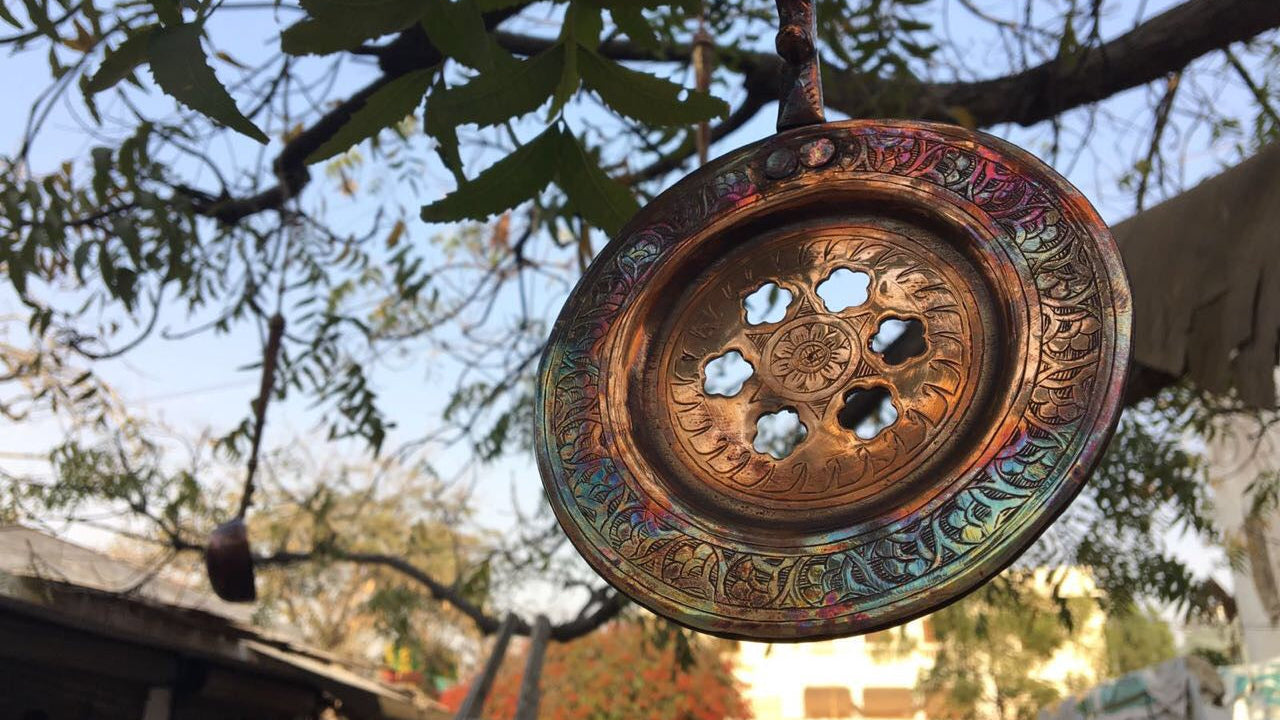
Collapsible content
Craftsmanship and Techniques
1. Precision Casting
The journey of brass work begins by melting brass and carefully pouring it into custom-made molds. Each piece is cast with remarkable precision, from everyday items like pitchers and trays to elaborate ceremonial pieces. This foundational step is as much a science as an art, requiring an expert hand to ensure the metal cools evenly.
2. Hand Engraving
Brass comes to life in the hands of engravers, who etch storytelling patterns onto its surface. These engravings often feature motifs that represent local traditions, such as floral designs symbolizing renewal or intricate geometric shapes inspired by Islamic art. The depth and detail of the engraving add layers of history and meaning to every object.
3. Polishing and Finishing
After engraving, the piece is hand-polished to give it a rich, reflective sheen. This isn’t just for aesthetics—the gleam of polished brass has historically been associated with wealth and prestige, making these objects prized possessions in homes across Pakistan.
4. Texturing and Hammering
In many regions, artisans add further complexity through hammering techniques. This method produces a textured, dimensional surface that reflects light in fascinating ways, adding a tactile richness to the piece. Each hammered mark is an intentional detail, making no two items exactly the same.
Cultural and Historical Significance
In Pakistan, brass work is more than a decorative art—it's a tradition tied to the region’s social and cultural life. Items like brass trays, jugs, and lamps have been essential in Pakistani households for centuries, often passed down as family heirlooms. Brass is commonly found in religious spaces and rituals, where the metal’s warm glow is believed to symbolize spiritual purity and continuity. The designs themselves often carry personal and communal meaning, making each piece a cultural artifact in its own right.
Modern Relevance
Today, the craft of brass work has found a new audience, both locally and internationally. Modern artisans are reimagining traditional designs, producing pieces that blend heritage with contemporary aesthetics. Whether it’s used for minimalist décor or rich, eclectic interiors, brass items offer a sense of timeless luxury. This balance of old and new continues to fuel the craft’s revival, making it a beloved choice for those who appreciate authenticity in their home décor and art collections.
Shop Misgari products
-
Turtle Pen Holder
Regular price Rs. 3,950Regular priceUnit price / per
